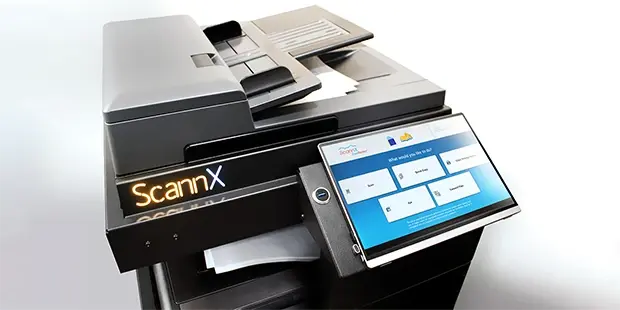 Data breaches in file hosting services are becoming increasingly common. For libraries that provide open networks, (networks that don’t require a secure login) the risk of security breach grows significantly. So it’s no surprise that high library security is growing into an expected standard among your patrons.
Data breaches in file hosting services are becoming increasingly common. For libraries that provide open networks, (networks that don’t require a secure login) the risk of security breach grows significantly. So it’s no surprise that high library security is growing into an expected standard among your patrons.
A breach in your library security would be detrimental for not only your library, but also for your patrons who use your services on a daily basis. To prevent holes in your library security, as well as potential hacks into your file-sharing system, you’ve got to start implementing a network with stronger security features. Here are a few tips to get you started:
Create A Secure Network
An open network is a vulnerable network. But, a protected network decreases risk of susceptibility to out-of-network hackers. Create a network that requires a specific username and password from your patrons. Have them obtain this password using an honest form of patron identification, such as a library card.
Patron Tip Sheet
If you find patrons still doubt your network security, create an easy-to-follow tip sheet with proper instructions on enabling firewalls, disabling file sharing and implementing software security updates.
You might want to consider using a VPN (Virtual Private Network) for greater protection. These wireless networks provide extra layers of data protection with their privacy features and encryption capabilities.
Offer Scan-To-Mobile Technology
Scan-to-mobile technology allows your patrons to scan directly to their personal device or cloud space, limiting direct access with the public network. Scan-to-mobile devices are compatible with current security and antivirus software, and can be updated to match the latest software available.
Implement A Plan For Cloud Technology
While cloud services are just as susceptible to hackers as non-cloud services, people tend to label cloud infrastructures as too “un-solidified,” or rather, lacking clearly defined boundaries for data storage. Be sure to take preventative measures, such as establishing a library security plan, to track cloud access and activity.
- Set up immediate notifications for any breach of security.
- Set up daily, weekly, and monthly information purges.
- Be sure that all user activity is logged. (By tracking activity, you’re able to pinpoint security threats by timeframe, helping to narrow down the direct source of the threat.)
- Log users off after 10,15, 30 minutes for their own security.
- Implement a cloud encryption system.
An increased level of library security is becoming the expected standard among your library patrons. They want to be confident in the secure storage of their data, and your library technology needs to reaffirm this confidence. Start creating a more secure library network by implementing technology that protects your patrons.




